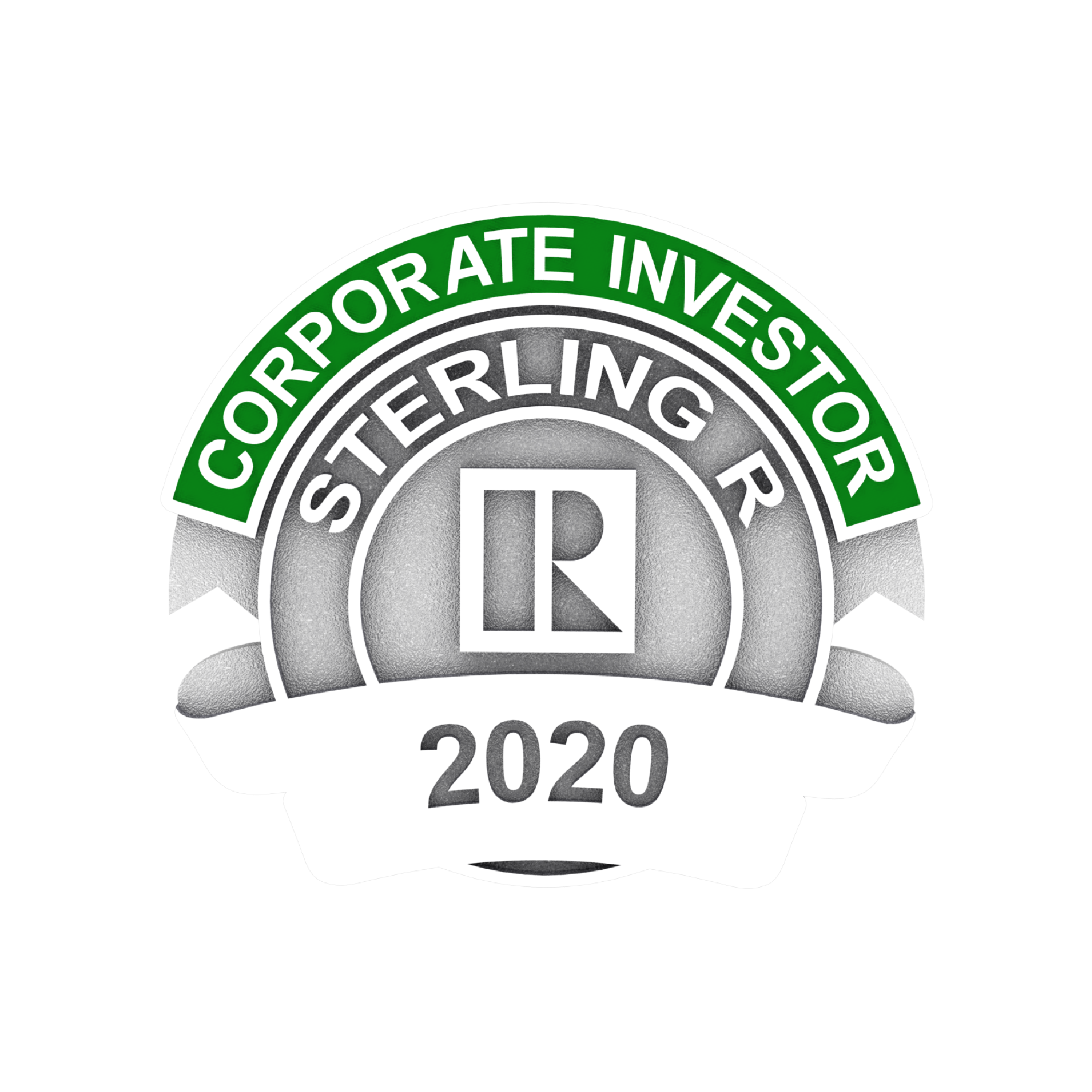The answer is to produce spaces that people want to play, socialize and even live in.
Over the past couple of decades, central business districts thrived as people moved back to cities.
But COVID-19 is reversing these gains, pushing people to the suburbs and exurbs.
This exodus means, according to a new report by Withersworldwide, an international law firm, that the future of central business districts is uncertain, at best, and that CBDs need re-thinking to survive in the future.
For CBDs to be successful, investors and developers will need to provide more flexible office environments and a more activity-based approach to working, according to Withersworldwide.
“Owners and developers will need to identify how to configure a building so that it can be quickly repurposed for the different uses and types of working demanded by occupiers, evolving previously homogenous single-use buildings into mixed/multiple-use environments,” according to Withersworldwide. “The aim will be to change the utility of a space within days, so a building isn’t just tied to a particular usage, or a single occupier.”
These shifts need to come sooner rather than later as respondents signaled that traditional office uses might soon be extinct as employees seek to avoid long distance commutes.
Indeed, changes are becoming apparent now.
Already many businesses are offloading space. A report from Cushman & Wakefield predicts the US office market will shed 145 million square feet of space in the next two years, through the end of 2021. Job loss is the driving force behind the US office market’s degeneration, with the report anticipating a loss of 1.7 million jobs in 2020.
Other businesses will reduce space because workers can be productive elsewhere. Tech companies, for instance, are embracing remote work concepts for the long term.
In a survey by Savills North America of several hundred technology office tenants, a staggering majority of firms, 94%, said they expect remote work, at least a few days a week, to be normalized at their company in a post-vaccine environment.
The path forward, Withersworldwide says, is for buildings to generate a return on investment by producing spaces that people want to play, socialize and even live in. If a building is diversified and occupied by many smaller occupants, the risk is spread out. Some respondents that Withersworldwide surveyed insisted that there was still demand for space from small businesses. In a recession, those small occupiers could keep an asset out of default. If one company defaults, another one could easily step in.
Source: “How CBD Offices Can Generate a Post-Pandemic Return“


